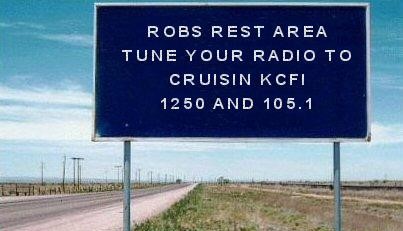St Patrick’s Day facts, and a few unwritten rules you need to know


While St. Patrick’s Day is now associated with wearing green, parades and beer, the holiday is grounded in history that dates back more than 1,500 years. The earliest known celebrations were held in the 17th century on March 17, marking the anniversary of the death of St. Patrick in the 5th century.
The Real St. Patrick Was Born in Britain Despite his Irish notoriety, Saint Patrick was British. He was born to Roman parents in Scotland or Wales in the late fourth century.
There Were No Snakes Around for St. Patrick to Banish from Ireland According to legend, Saint Patrick is the reason that there are no snakes in Ireland, having banished them into the sea. Although it’s a good story, Irish fossil experts have unfortunately confirmed that there were never any snakes on the isle in the first place. According to them, it’s likely that the snakes wouldn’t have been able to abide ancient Ireland’s climate – much as most Irish people fear when the wind turns bitter. It’s widely believed that this legend is a metaphor for Patrick driving out pagan druids when he established Christianity in the country.
Why is The Shamrock a part of St. Patrick’s Day? According to Irish legend, Saint Patrick used the shamrock as a metaphor for the Holy Trinity when he was first introducing Christianity to Ireland.
The First St. Patrick’s Day Parade Was Held in America Irish immigrants began observing St. Patrick’s Day in Boston in 1737 and the first St. Patrick’s Day parade in America was held in New York City in 1766.
The Irish Were Once Scorned in America While Irish Americans are now proud to showcase their heritage, the Irish were not always celebrated by fellow Americans. Beginning in 1845, a devastating potato blight caused widespread hunger throughout Ireland. While approximately 1 million perished, another 2 million abandoned their land in the largest-single population movement of the 19th century. Most of the exiles—nearly a quarter of the Irish nation—came to the shores of the United States. Once they arrived, the Irish refugees were looked down upon as disease-ridden, unskilled and a drain on welfare budgets.
Corned Beef and Cabbage Was an American Innovation And, to be clear – There isn’t any corn in the traditional St. Patrick’s Day meal of corned beef and cabbage. The name is a reference to the large grains of salt historically used to cure meats, which were also known as “corns.”
Saint Patrick’s Day was originally a “dry” celebration It’s difficult to imagine now, but there was a time when all the pubs in Ireland were closed on Saint Patrick’s Day by law. The legal requirement was introduced by James O’Mara, the same politician who introduced the Bank Holiday (Ireland) Act of 1903, first making the day into a national holiday in Ireland. Originally meant as a mark of religious respect, it wasn’t until the 1970s that this was repealed, and revelers could raise a glass to Saint Patrick.
UNWRITTEN RULES YOU ABSOLUTELY MUST FOLLOW IN LIFE :
• “Don’t ask for something if the person only has one left — gum, cigarette, piece of cake etc.”
• “Buy a plunger before you need a plunger.”
• “If you use up all of the toilet paper, you go refill it.”
• “If you borrow someone’s car, fill up the tank before you return it.”
• “When out to dinner with a group, only the person who ordered the least expensive meal/combo of things can offer to split the check evenly.”
• “Don’t put your music on speakers when in a public space. It’s not like everyone wants the same genre or was in the mood for music. Get your headphones.”
• “Don’t start drama at a funeral.”




